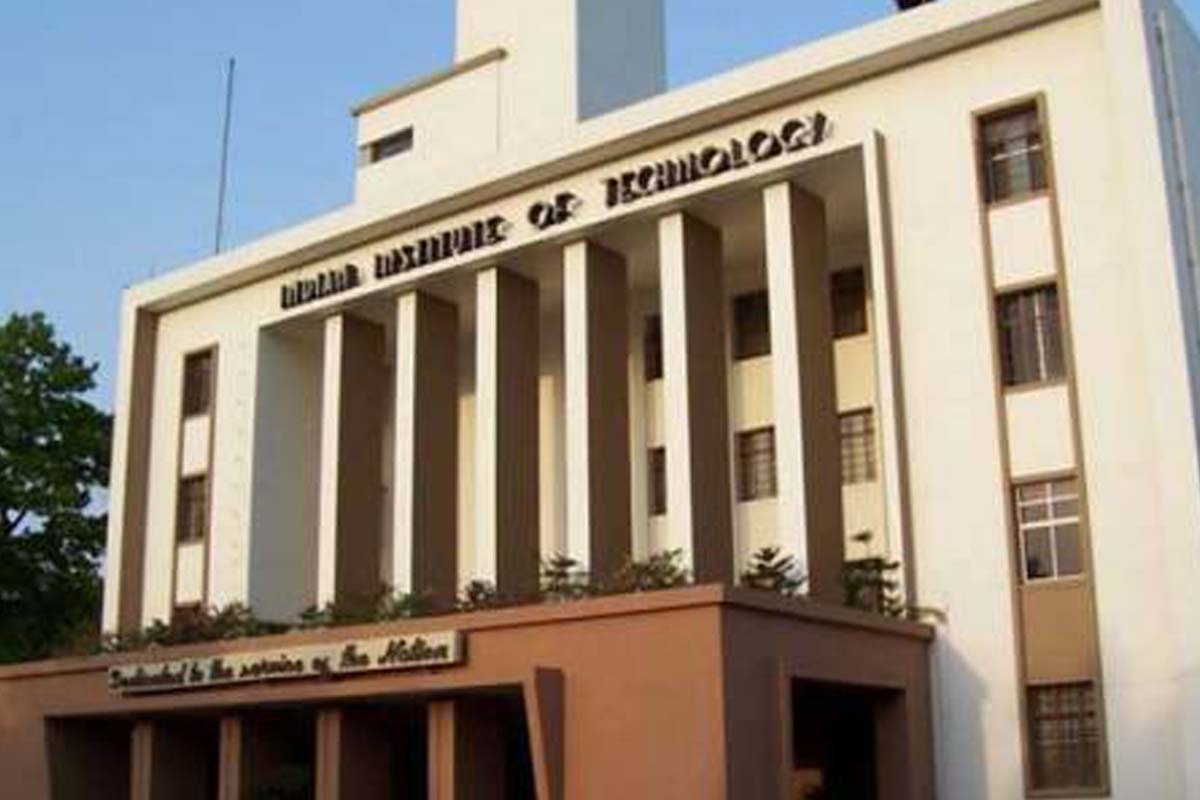Technology new strategic arena of competition, driving geo-political powerplay: Army Chief
The Army Chief said emergency procurement powers given by the Centre has helped the force to modernise itself.
Utilising the cutting-edge cryogenic-electron microscopy (cryo-EM) technology, the team, led by Prof Arun K Shukla, were able to visualise the key target receptor molecule activated by Niacin and other related drugs.

Indian Institute of Technology (IIT) Kanpur. (File Image)
An important study by researchers at the Indian Institute of Technology Kanpur ( IITK) Department of Biological Sciences and Bio-engineering has led to new insights into understanding how cholesterol-lowering drugs like Niacin work at a molecular level.
Utilising the cutting-edge cryogenic-electron microscopy (cryo-EM) technology, the team, led by Prof Arun K Shukla, were able to visualise the key target receptor molecule activated by Niacin and other related drugs.
The research, which has the potential to lead to the development of new drugs to lower cholesterol with fewer side effects, has been published in the prestigious international journal, Nature Communications.
Advertisement
Prof Arun K Shukla of the Department of Biological Sciences and Bioengineering, IIT Kanpur said here on Wednesday that, “Niacin is a commonly prescribed drug to lower bad cholesterol and triglycerides while increasing good cholesterol. However, in many patients, the drug causes side effects such as skin redness and itching, referred to as flushing response. This leads to patients stopping their treatment with adverse effect on their cholesterol levels.”
The Hydroxycarboxylic acid receptor 2 (HCA2), also known as the niacin receptor or GPR109A is a type of receptor in the human body that helps stop fat-related and artery-clogging processes. When it is activated, it can also make the blood vessels widen, which is why some cholesterol-lowering drugs like niacin lead to some patients experiencing a red, flushing skin reaction.
Prof Shukla added, “The visualisation of the receptor molecule GPR109A’s interaction with Niacin at the molecular level lays the groundwork for creating new drugs that maintain efficacy while minimizing undesirable reactions. The study results will also help in developing related drugs for cholesterol and drugs for other conditions such as multiple sclerosis.”
Prof S Ganesh, Director, IIT Kanpur said, “This is an important breakthrough as it deepens our understanding of drug-receptor interactions and opens new avenues for the design of better therapeutic agents. This achievement exemplifies our dedication to addressing real-world health challenges through innovation and excellence in research. The acceptance of the research for publication is a testament to the quality and high standards of R&D at IIT Kanpur.”
The study, supported by the Science and Engineering Research Board (SERB) and spearheaded by Prof. Arun K Shukla at IIT Kanpur.
The study published in Nature Communications can be accessed at:
https://www.nature.com/articles/s41467-024-46239-2
Advertisement